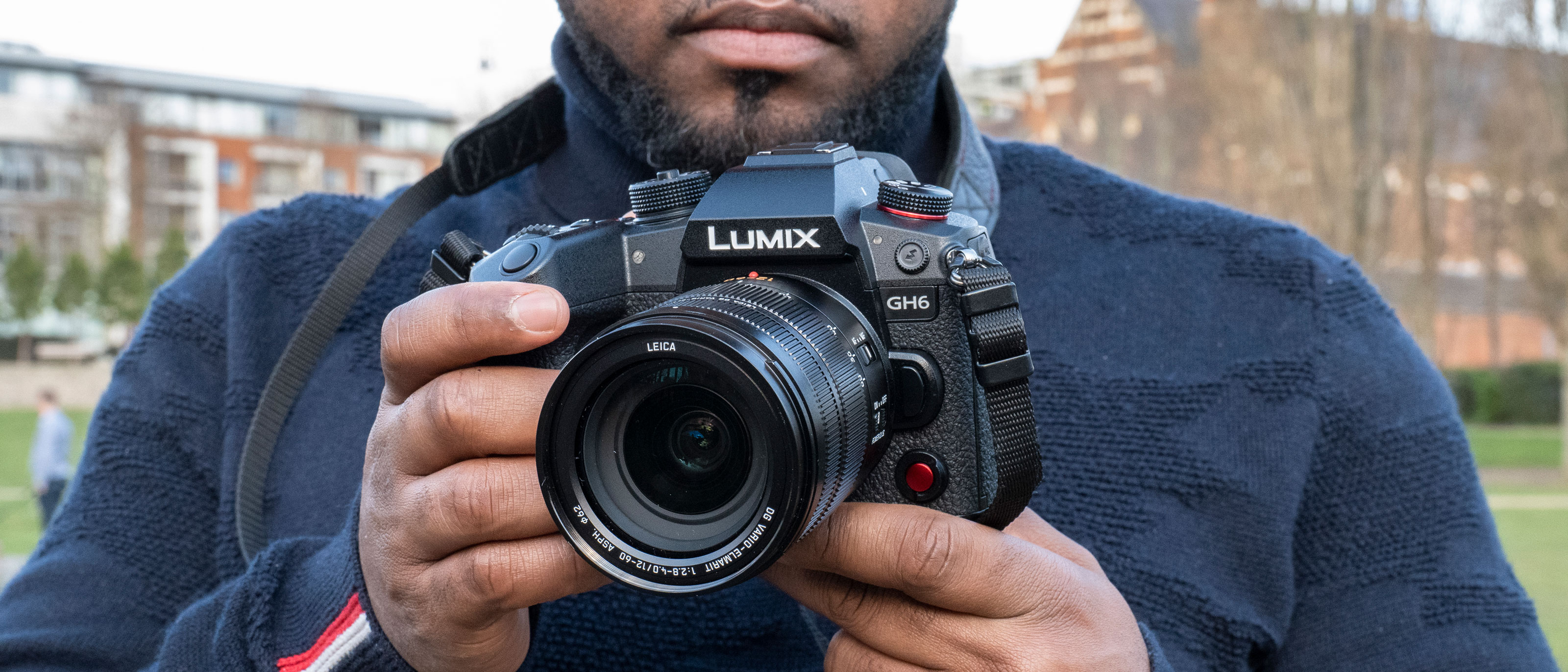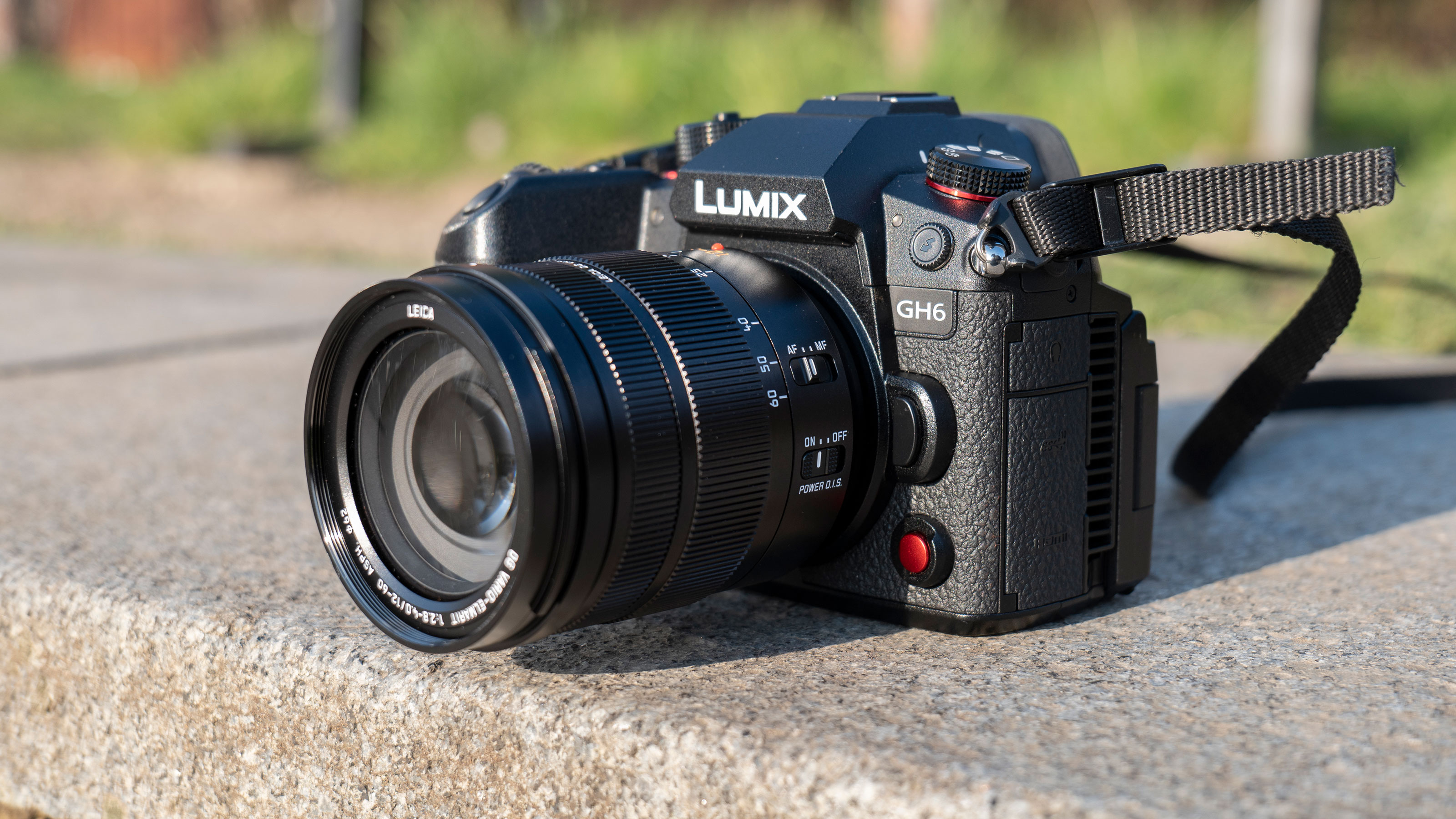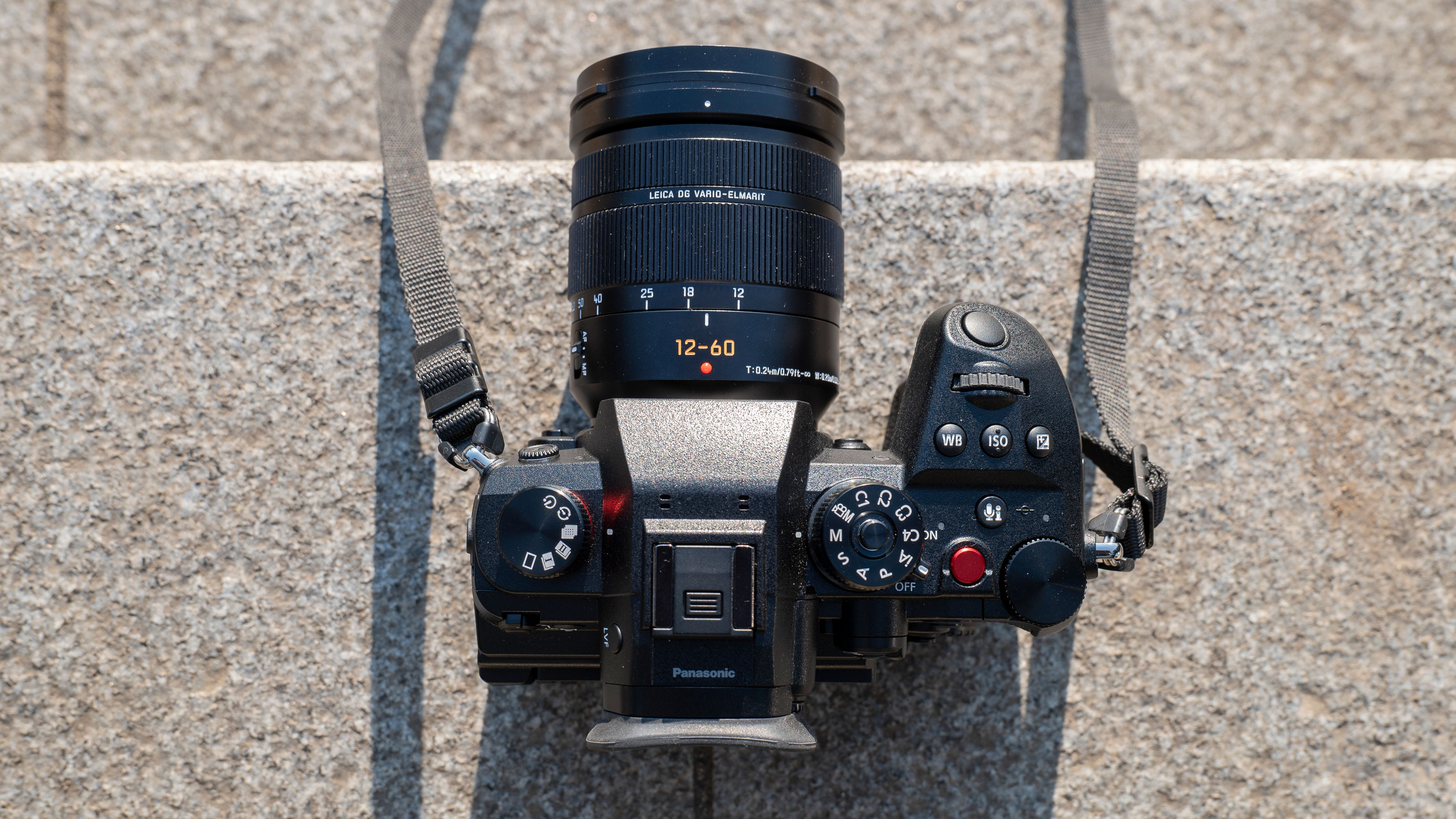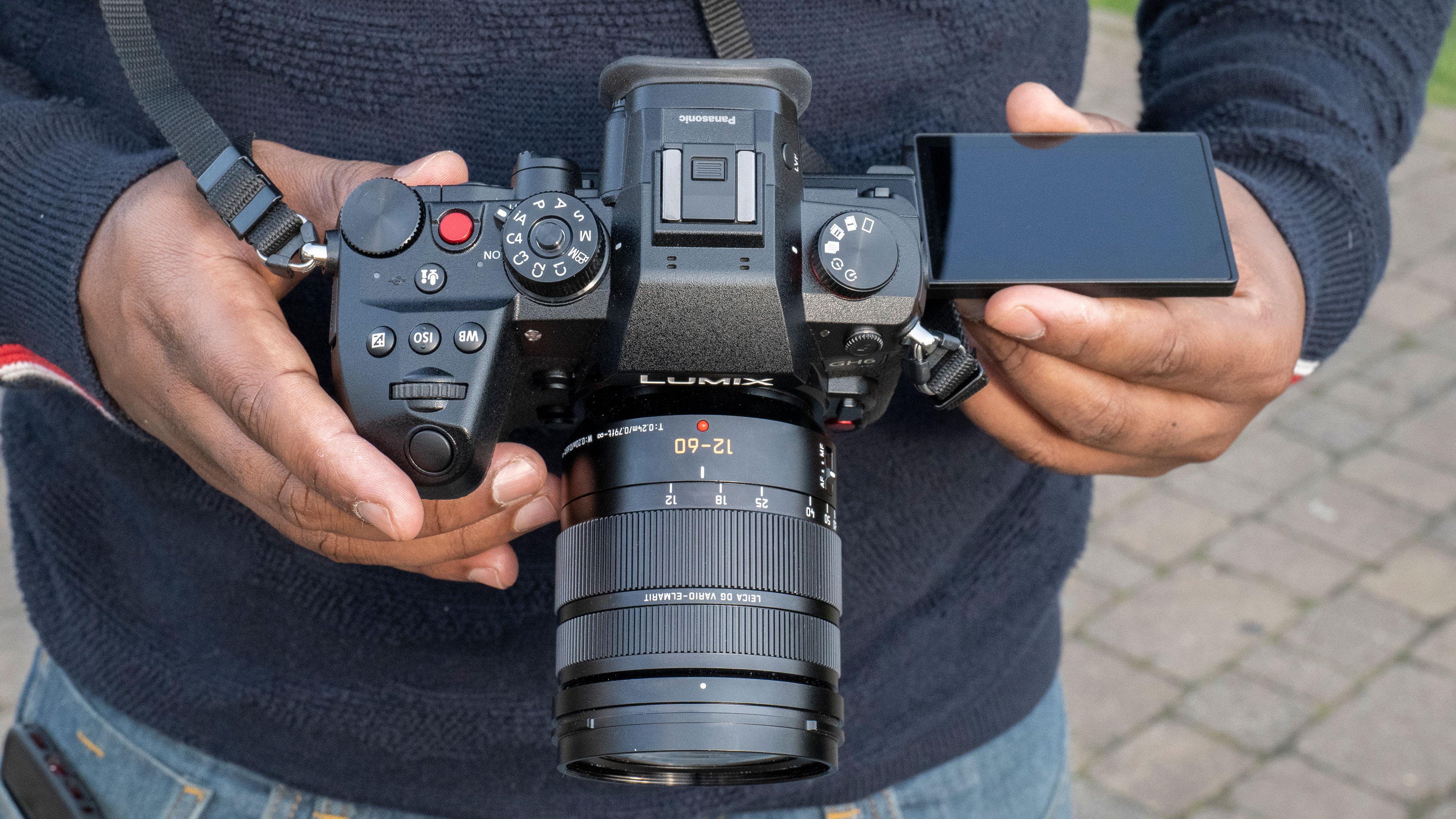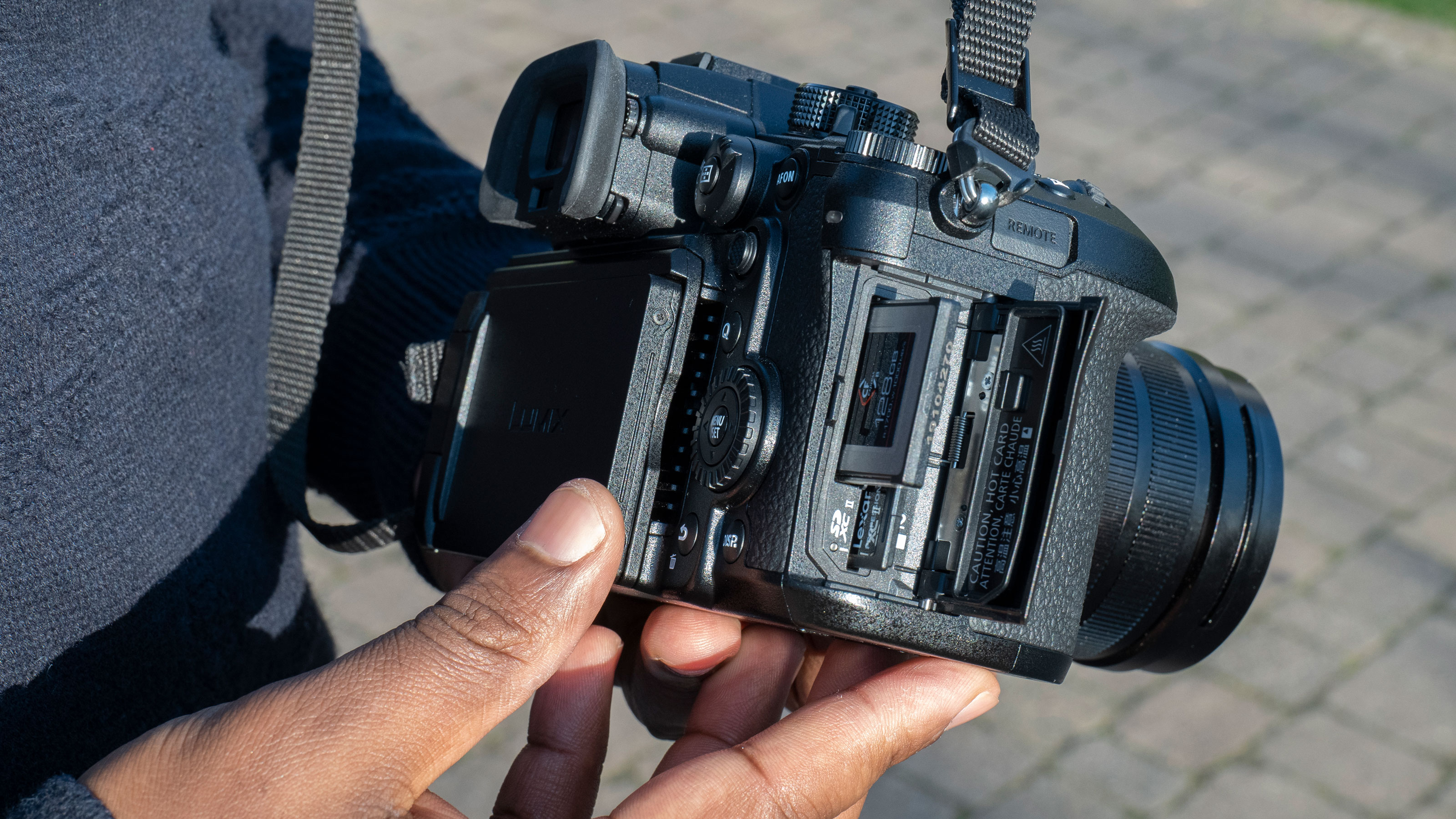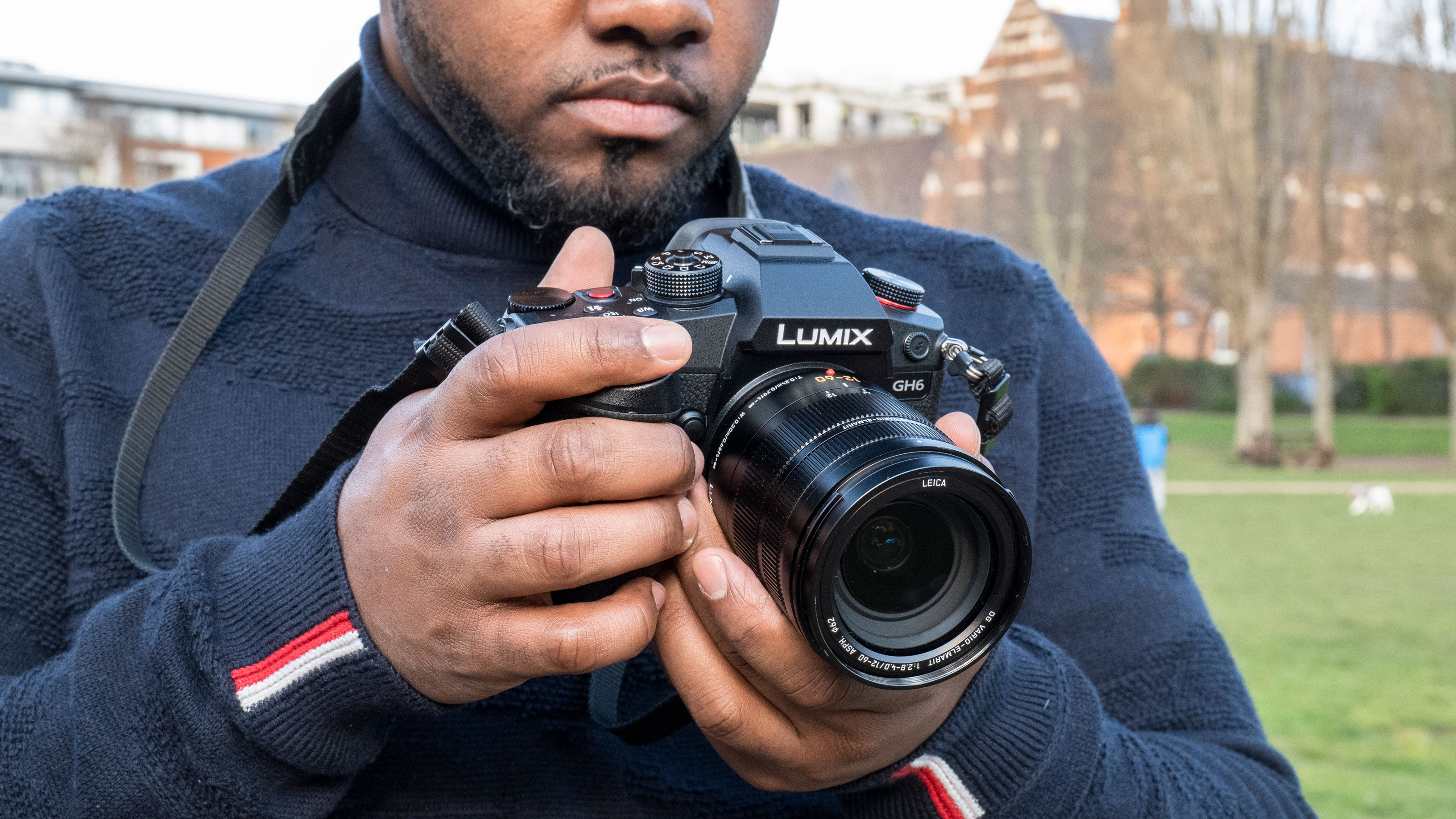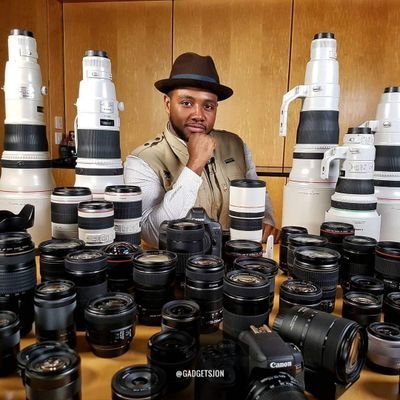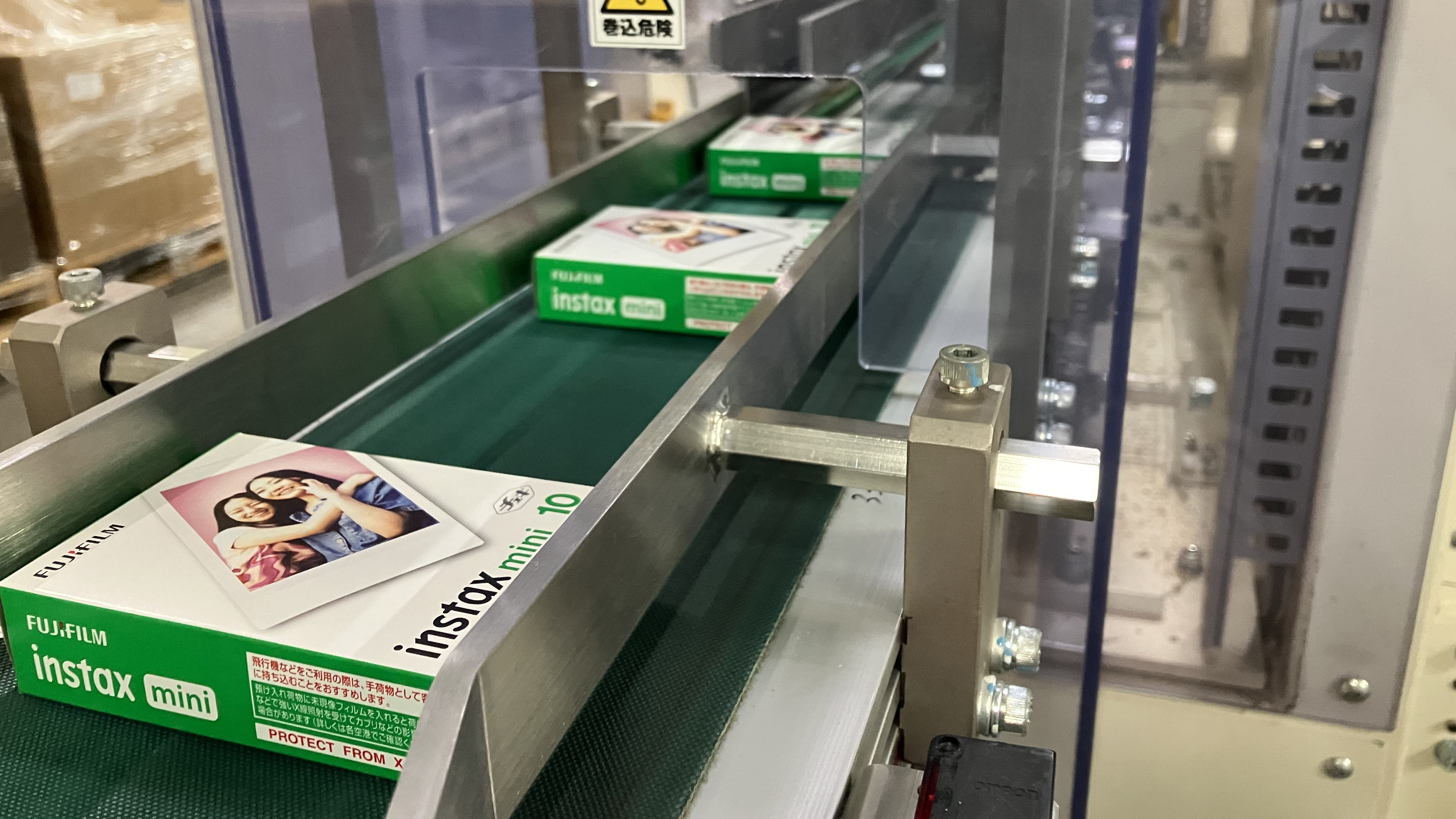Digital Camera World Verdict
Independent filmmakers and creatives would struggle to find a camera with a more comprehensive list of high quality recording options. While some may feel that having a Micro Four Thirds sensor and contrast autofocus is outdated, the GH6 holds its own with cameras almost twice its price in terms of functionality and image quality and excels beyond the competition with unbeatable in-body stabilisation.
Pros
- +
Unrivalled internal recording options
- +
Best-in class stabilisation
- +
Filmmaker-first design
Cons
- -
Battery life could be better
Why you can trust Digital Camera World
I don’t say this often or lightly, but the Lumix GH6 is a landmark camera. Is it perfect? No. But does it offer a compelling set of features that simply can’t be rivalled at its price point? Most definitely. In this review, I’m going to look at the Lumix GH6 from the perspective of making videos, whether for a living or as a serious passion.
There are essentially two customers for this camera; owners of previous Micro-Four-Thirds cameras, particularly fans of the GH-series. And then there are independent video-centric creators who value filmic quality and functionality in equal measure.
The reality is, there are no bad cameras any more. Just the right tool for the job. Blind loyalty to a brand or a system can get in the way of exploring your creative potential with kit that could be well suited to your shooting style and tastes. So let’s look at the Lumix GH6 objectively, what it’s good for and where it’s limitations lie.
Specifications
Sensor: 25.2MP Live MOS Micro-Four-Thirds sensor
Image processor: Venus Engine
AF points: Full-area DFD contrast AF
ISO range: 100 to 12,800 (Video)
Max image size: 5760 x 4320 (5.8K Full-gate Anamorphic)
Metering modes: 1728-zone multi-pattern sensing system, centre-weighted, spot
Video: 5.8K/30/25/24p ANAMOR, 5.7K/60/50/30/24, 4K/120/60/50/30/24 FHD/240/120/60/30/24p
Viewfinder: EVF, 3.68m dots
Memory card: 1xCF Express Type B, SD/SDHC/SDXC (UHS II)
LCD: 3-inch vari-angle touchscreen, 1.84m dots
Max burst: 75fps (electronic shutter) 14fps (mechanical shutter)
Connectivity: Wi-Fi, Bluetooth
Size: 138.4 x 100.3 x 99.6mm
Weight: 823g (body only)
Key features
At its core sits a new 25.2-megapixel Live MOS Micro Four Thirds sensor and the latest Venus Engine. The duo’s high speed readout provides the basis for much of what this camera is capable of. Read the full Panasonic Lumix GH6 review for a thorough breakdown of the new sensor and processor. Focusing on video, the Lumix GH6 is packed with an exhaustive list of recording quality options. But the headline inclusions see internal Apple ProRes 422 and ProRes 422 HQ recording formats introduced, a first for the Lumix series. At launch, these are only available at 5.7K resolution in 24p, 25p or 30p with a maximum data rate of 1.9Gbps. However, Lumix has laid out a firmware roadmap that will see 4K and FullHD Apple ProRes options added in the coming months.
Another first for the series is internal Cinema 4K 4:2:0 10-Bit video quality at 120fps, with sound and AF or via VFR without sound or AF. At lower FHD resolution, 4:2:2 10-Bit 240p video recording is available in HFR mode and 4:2:0 10-Bit FHD 300p in VFR, again without sound or AF. To cope with the more intensive recording quality options, the Lumix GH6 also features a CFexpress Type B card slot, as well as a UHS-II SD slot. The camera can record Cinema 4K/60p simultaneously to its cards and externally via HDMI to a recorder. Again, via firmware, Lumix has promised to introduce recording to a solid state drive such as the popular Samsung T5 via USB 3.2 Type-C connection.
Build and handling
The Lumix GH6 is solidly built, with a magnesium alloy frame. And despite the welcome addition of its forced-cooling open fan mechanism, it’s marketed as freeze, dust and splash resistant.
The best camera deals, reviews, product advice, and unmissable photography news, direct to your inbox!
Across the board, the design choices taken by Lumix clearly favour filmmakers, such as the fully articulated and tilting 3.0-inch monitor. It’s only 1,840K-dot in resolution, the same as the GH5 II, but it’s attached using an improved version of the monitor mechanism deployed on the Lumix S1H, which features the same clever mobility, without the annoying locking switch that’s inaccessible when the camera is on a tripod.
For comparison, the GH6 resembles the full-frame S-series Lumix cameras, ditching the smooth curves of its predecessor in favour of straighter lines. It could be described as an S1H-mini in more ways than one. It’s noticeably larger than the GH5 II and GH5S, measuring 138.4 x 100.3 x 99.6mm, 823g. But the majority of the extra size is due to the fan and new monitor mechanism, which adds about 12mm in depth and an extra 96g in weight over the GH5 II. The difference in size doesn’t make the GH6 a large camera by any means, but it does rule out using the same cage if you’re upgrading from a previous GH camera.
Other subtle cine-camera features include a sub-video record button on the front of the GH6, as well as on the top plate. Sticking with the top plate, the WB/ISO/Exposure shortcut buttons are slightly larger and a brand new dedicated audio management button takes the place of the picture profile button. This provides touch access to the camera’s audio functions, allowing you to adjust levels and manage its 4-channel audio inputs. Note that every button can be customised to suit personal preferences.
Flipping the camera to take a look at the base plate, Panasonic has added a hole in front of the tripod thread to accommodate an anti-rotation pin. It’s a subtle addition, but one that we only typically see on dedicated cinema cameras. The only other GH or S-series Lumix camera to feature this is… you guessed it; the Lumix S1H. It’s a welcome inclusion here, preventing camera movement on the tripod plate while panning.
Performance
Here's a short film made with the Panasonic Lumix GH6:
Here's another which tests the Lumix GH6 stabilization (left) against the Lumix GH5 II:
How good is the Lumix GH6 AF? Unsurprisingly, Lumix barely mentioned autofocus during the launch announcement for this camera. It’s still using a contrast-based Depth From Defocus system, which will disappoint some people straight out of the gate. But in use, it’s a noticeable improvement over the Lumix S5, which was the current best and most reliable camera under the Lumix banner when it comes to autofocus.
The camera’s subject detection can identify the faces and eyes of humans, it can also detect animals. Provided you’re filming a subject that isn’t moving erratically, such as nonlinear sports, wildlife and YouTube camera reviewers, the Lumix GH6 does an adequate job of actuating to faces and following them around the frame. If you tend to shoot products, talking head videos and interviews, the Lumix GH6’s focusing is more consistent and reliable than ever.
One issue that was particularly frustrating in previous Lumix cameras was their tendency to focus pulse on background highlights while using autofocus. It creates a distracting effect that can detract from the content you’re shooting, particularly pieces to camera. But I’m pleased to say this bad habit seems to have been largely tackled in the Lumix GH6. It is still possible to replicate the issue with large highlights positioned close to your in-focus subject, but it's much less of an issue now overall.
Within the focusing menu, there are some ways to improve its focusing performance further still. Beyond the ability to adjust the AF speed and sensitivity, now you can also set two focusing range limits (near and far) so that the camera will only look for subjects within that narrow band. It’s a more granular version of the focus limiter switch that we have on some telephoto lenses and it works well. You can also create automated focus pulls by setting up to three points, choosing the speed you want and then pressing WB/ISO/EXP to pull smoothly between each point.
One area where the Lumix GH6 excels and frankly leaves the competition in the dust is image stabilisation. Its 5-axis in-body image stabilisation system is rated to offer 7.5 stops of stabilisation, but what does that mean in practical terms? It means you can genuinely get away with shooting static, tracking and panning handheld shots without the need for a gimbal. This has been true to some extent since the GH5, but the Lumix GH6 miraculously improves on an already best-in class stabilisation system.
Other additional video-centric features that make using this camera a joy is the ability record in full V-log. The GH6 can be used to capture flat, robust files that can handle a lot of correction in post, ideal for grading and pixel level frame by frame editing if you do any VFX work. Bear in mind shooting in V-Log will bump your minimum ISO sensitivity to ISO 250. If you want to squeeze more information out of your image, turning on its Dynamic Range Boost will recover detail in the highest contrast areas of your scene.
This mode seems particularly useful for recovering highlight information, but considering the potential noise tradeoff, I would use this mode sparingly and focus on capturing an accurate exposure with V-Log in most cases. Recording in V-Log is made easier with the ability to upload your own .cube files for viewing custom LUTs. The handy Lumix Luminance Spot Metre, Waveform and VectorScope overlays come in handy and reduce the need to rely on any external kit for accurately monitoring your exposure.
My only significant criticism of the Lumix GH6 is that it eats through batteries. If you’re shooting at 4K/60 or higher you will need a new battery every 1-1.5 hours of footage you capture. However, you can run the GH6 while connected to mains or a power bank with effectively no other limitations on recording time.
Verdict
Should you buy the Lumix GH6? If you’re an independent filmmaker, creative or small production team, you could have two of these for close to the price of its full-frame equivalents in the Sony a7S III or Canon R5C. Granted the image from full-frame may be to some people’s tastes in terms of technical image quality. But the Lumix GH6 holds its own in terms of resolution performance, particularly in its All-I codecs, which top out at 4K/60p 4:2:2 10-bit internally. It also retains an impressive level of quality when shooting 4K/120p footage, where nothing at its price point can compete. In terms of low light, despite its small Micro Four Thirds sensor, the Lumix GH6 rivals the a7S III for detail reproduction and high ISO noise management until you hit ISO 12,800. At that point and beyond, Sony’s dual gain ISO kicks in and delivers a much cleaner image than the GH6 is capable of at the extremes.
There are so many things to like about this camera, not just because of its impressive list of internal specifications, but mostly because of how well it handles. It’s a utility tool for filmmakers who want to focus on creating, rather than obsessing over resolution charts where it shines or unrealistic AF scenarios where it doesn’t. While the Lumix GH5 had a slightly more digital look, Lumix GH6 footage is definitely more filmic and competes with cameras twice the price. As a total package with unbeatable in-body stabilisation and class-defining video recording options the Lumix GH6 builds on the brand's solid reputation for reproducing beautifully natural colours with depth and realistic tonality that punches above its weight.
Jon is a gadget reviewer, content creator and influencer. He spends his time reviewing products, covering technology news, giving talks on content strategy and creating content in partnership with a wide variety of forward-thinking brands. He also contributes to commercial radio, as well as in national print newspapers and magazines.
